|
There's a lot at stake when you're tasked with buying plastic pallets. And, let's be real. The bean counters are always on you to find the best price, amirite? We can do you one better. We'll match you with the best value pallet. What's that? That's experience talking. I'll explain.
0 Comments
When it comes to plastic pallets, you could be leaking profits in sneaky places and not even know it. Nobody likes that.
Chances are pretty high that our experts have been in your shoes before. That means we're in a good spot to optimize your system in ways you haven't considered. Nearly every consumer and industrial item you interacted with today took a ride on a pallet. Let that sink in for a minute. Your morning coffee. That phone in your pocket. Those new tires on your car. Even the pulleys and electronics that took you safely up to the seventh floor in the office elevator. All of it. There's a chance I'm not telling you anything new. But, have you ever asked why one company chooses wooden pallets and why another chooses plastic pallets? This post is part 7 of a 10-post series on plastic pallets 101. (Part 6 examines plastic pallet destinations and handling.) So you've been asked to buy plastic pallets. And, after looking at 200+ options, you're lost. How are you ever going to narrow down your choices? Well, any good pallet pro will ask this important question, “where’s the pallet going and how?”
It's a great question for eliminating plastic pallets that won't work. Just know there will probably be more to answer. This post is part 6 of a 10-post series on plastic pallets 101. (Part 5 explains common plastic pallet sizes.) The standard pallet size in North America is 48x40 and has been for decades. I detailed uses for the 48x40 along with nearly 40 other pallet dimensions in my previous post, Industry Standard Pallet Sizes: A Complete List. As a follow-up, I am specifically shining a light on plastic pallets and six (6) sizes commonly sold in the US. This post is part 5 of a 10-post series on plastic pallets 101. (Part 4 explains capacity ratings.) Look at any plastic pallet spec sheet and you’ll see capacity ratings detailing how much weight the pallet can handle. These numbers are important to safety so let’s examine them now.
|
Call Us: (410) 477-3000
Headquartered in Baltimore since 1918 Nelson Company is a trusted source for pallets & packaging materials.
NelsonCompany.com Is your packaging system costing more than it should? Find out how you can start saving with an analysis from Nelson Technical Center.
Our own web-based software for reverse distribution. Nelson-ART™ manages the entire life-cycle of your packaging assets.
|
Tech CenterThe Nelson Technical Center finds savings. Solutions for the design, supply and recovery of transport packaging.
(443) 649-1049 |
Wood SalesCustom wooden pallets and crates are our specialty. Ask us about wood manufacturing, repair and recycling.
(410) 477-3000 |
|

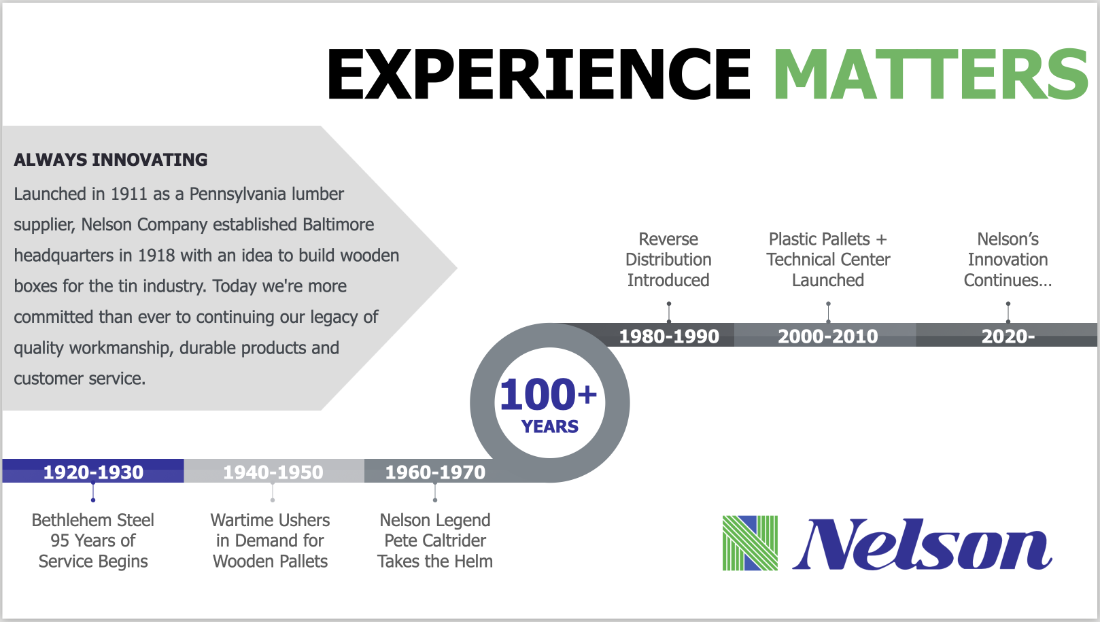
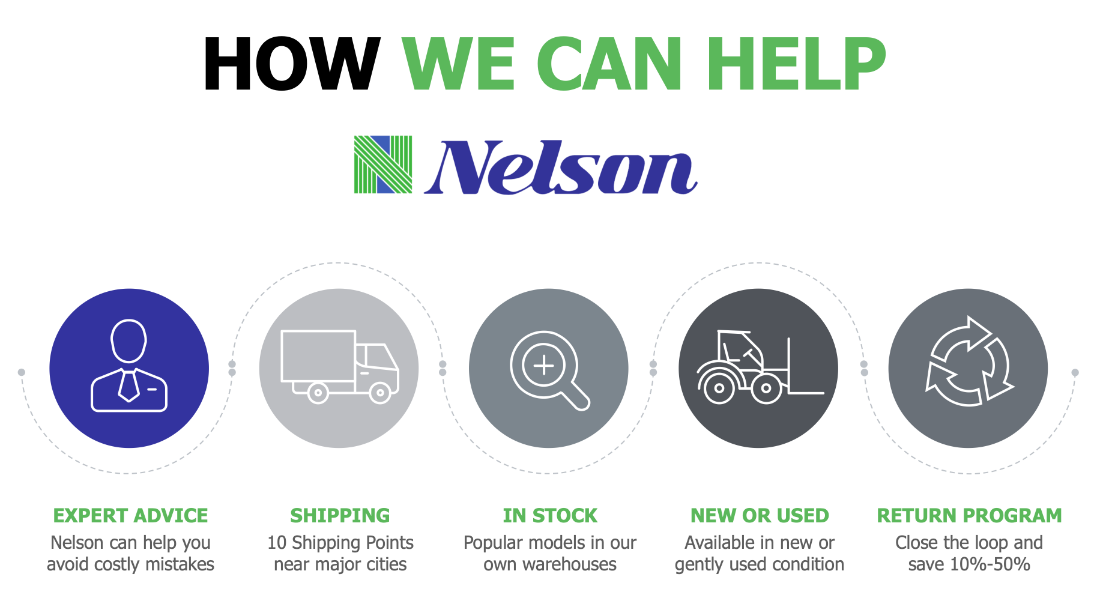
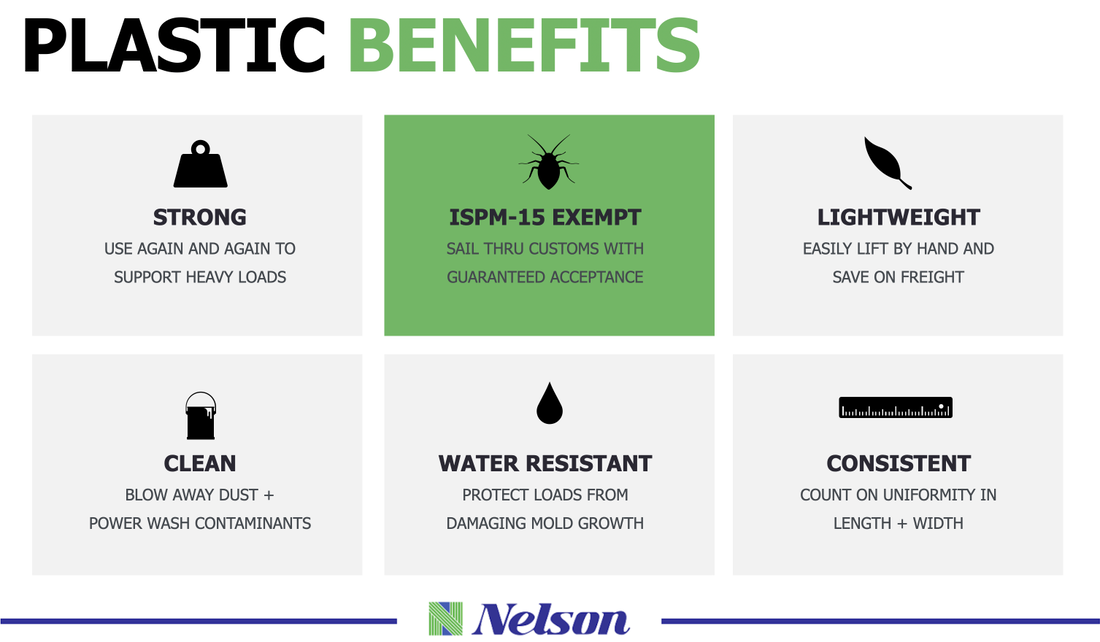
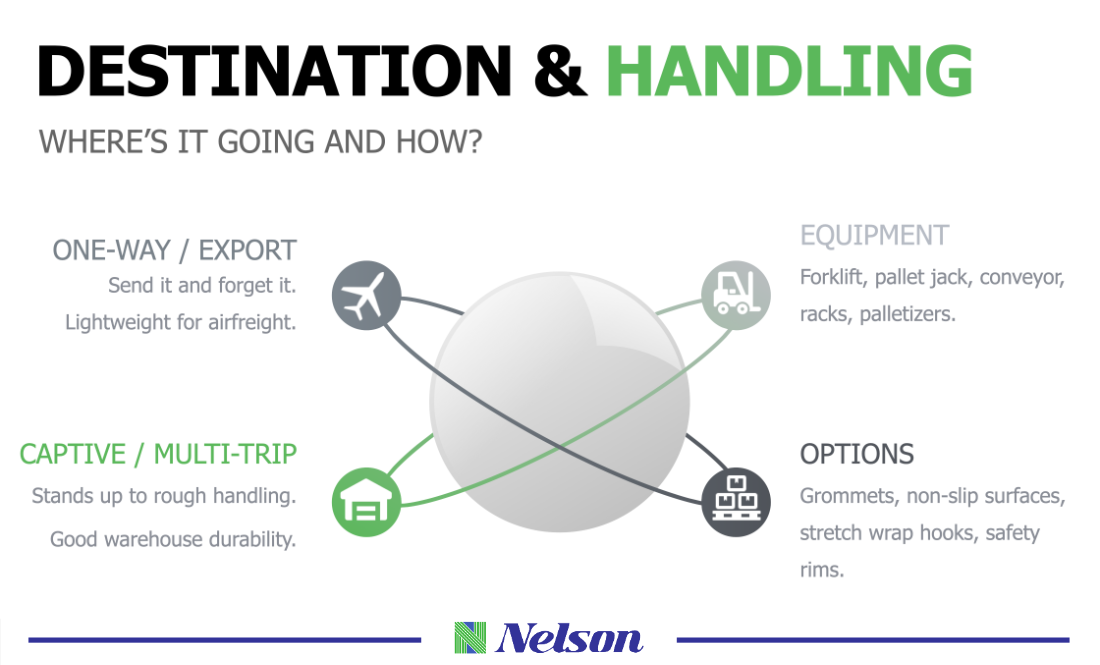
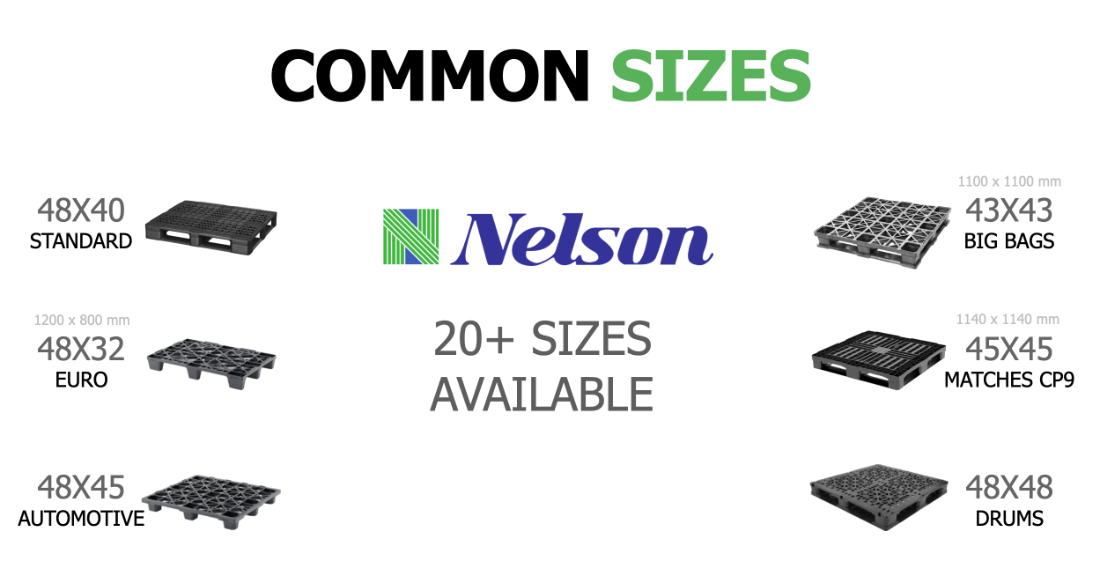
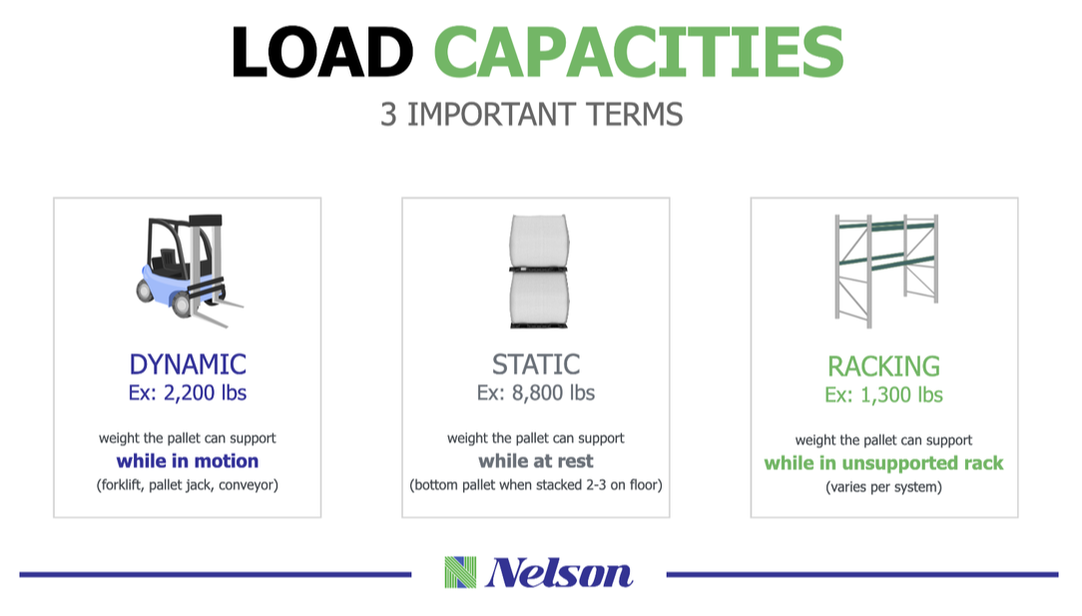



 RSS Feed
RSS Feed
